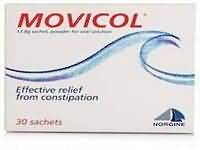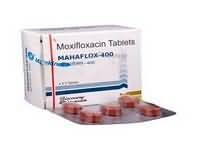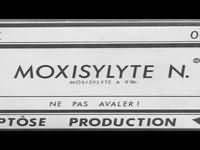Eptifibatide

Eptifibatide
CLINICAL USE
Antiplatelet agent:Prevention of early myocardial infarction in patients with unstable angina or non-ST segment-elevation myocardial infarction and with last episode of chest pain within 24 hoursDOSE IN NORMAL RENAL FUNCTION
IV bolus of 180 mcg/kg then byIV infusion
at a rate of 2 mcg/kg/minute for up to 72–96 hoursPHARMACOKINETICS
DOSE IN RENAL IMPAIRMENT
GFR (mL/MIN)
30–50 Reduce infusion to 1 mcg/kg/minute and use with caution due to limited experience10–30 Reduce infusion to 1 mcg/kg/minute and use with caution due to limited experienceDOSE IN PATIENTS UNDERGOING RENAL REPLACEMENT THERAPIES
IMPORTANT DRUG INTERACTIONS
Potentially hazardous interactions with other drugsIloprost: increased risk of bleedingADMINISTRATION
Reconstition
–Route
IV bolus,IV infusion
Rate of Administration
1–2 mcg/kg/minute depending on renal functionComments
–OTHER INFORMATION
Antiplatelet effect lasts for about 4 hours after stopping infusionMain side effect is bleeding In patients with a GFR<50 mL/min, clearance is halved and plasma concentration doubled.
See how to identify renal failure stages according to GFR calculation
See how to diagnose irreversible renal disease
Home








